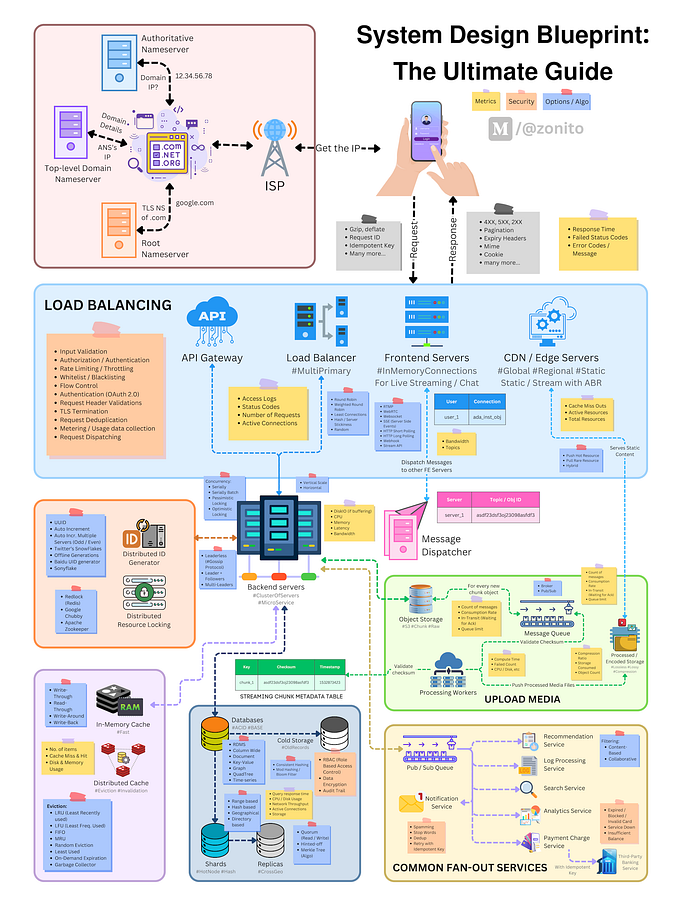Book Review: How to Manage Projects by Paul J Fielding
Essential Project Management Skills to deliver on-time, on-budget results.

Introduction
The book How to Manage Projects: Essential Project Management Skills to Deliver On-time, On-budget Results by Paul J Fielding demystifies the technical aspects of Project Management by creating a thorough overview of its art and science as well as breaking down its concepts into practical and easy to understand explanations, tips, stories and examples for anyone interested in the practice.
The book

Title: How to Manage Projects: Essential Project Management Skills to Deliver On-time, On-budget Results
Author: Paul J. Fielding.
Publisher: Kogan Page
Publication Date: July 30, 2019
Book Summary
How to Manage Projects explains the fundamentals of this essential skill in a clear, practical and accessible way, making it the perfect introduction to managing better projects in your current role, or even that first step to developing a professional career as a Project Manager.
Book Contents
The mantle of the book focuses on these points
- Project Success is more than just one thing.
- The Accidental Project Manager: What is this going to take?
- Where does a project manager fit in the organisation? The Role of the PMO.
- Project Governance.
- Project Scope: Defining it, managing it, changing it and avoiding Creep.
- The project quality plan.
- Different types of project lifecycle models.
- Planning the project: Schedule management (time management)
- The Project Staffing Plan.
- Design and configuration management.
- Cost planning and cost management.
- The project’s supply chain plan.
- Project Execution: Tracking, Updating, reporting and acceptance.
- Evaluation, lessons learnt and improving the next project.
Organised in well-explained chapters.
Paul J Fielding did not spare any details. In fact, each chapter on top of giving the key points to project management skills for project managers, also provides real-world examples and best practices.
Takeaways
- All projects are temporary efforts, and as such a project is an effort that is both temporary in nature, and yet sufficiently difficult or complex so that the average person would not be able to successfully manage all the components of the effort without the aid of tools, or other means of assistance.
- A successful Project Manager will be someone who has the right personal skills, attitude, approach, and balance to manage the technical aspects of all the things that must come together to make this effort a success.
- And because projects are managed by people, a Project Manager ought to have strong Interpersonal skills for managing people dynamics that are inherently part of every project.
- Most often, a Project Manager’s function occurs within the context of an organisation and often these organisations may have Project management Offices (PMOs). Project managers in organisations with PMOs should use anything they can give, as they will know the unique pitfalls, help you avoid or overcome previous mistakes and possibly enable you to make use of what was previously successful.
- A project’s governance team must make sure that its charter defines where the overall organisation’s strategy, portfolio and programme projects fit.
- Governance teams must be staffed so that they represent all parties critical to the success of the project.
- The four operational functions that the project’s governance team provides to the project commonly revolve around Oversight, guidance, integration, and control.
- The Iron triangle of project management defines the critical issues that interact to define a project and a project governance team should have jurisdiction over all of them.
- A project scope is the virtual fence that defines the territorial bounds of the project and often a project scope is defined by its deliverables.
- The Acceptance criteria need to define what is acceptable project performance and what is not acceptable project performance.
- A scope document communicates the intentions of the project to both the customer and the team responsible for delivering on the customer’s expectations.
- Change control is both an administrative process and a social dynamic.
- If your project is subject to regulatory and compliance issues, develop a plan for addressing these concerns.
- Projects are temporary creatures with lifecycles and there are many different frameworks and philosophies for organising and managing the life of a project. Depending on the type of project at hand, you will realise that one type of framework or philosophy may be more effective than other frameworks or philosophies
- Goals without plans are wishes therefore develop schedules that take into account most likely durations, as well as worst-case durations.
- Before you can develop a staffing plan, you need to know what type of staff you need: Commoditized labour, skilled labour, knowledge labour or expert labour.
- Develop plans to manage resource problems-especially if the resource is on the critical path task and a governance team to support the sourcing strategy.
- Effectively developing and managing a cost plan requires the support and collecting information from many other people.
- Even the simplest of projects can involve supply chain issues that need to be managed thus overlooking this component of your project could be a cause of project failure.
- No plans are perfect; people will deviate from plans, reality will not occur exactly as planned, and troubles befall every project. Therefore, track tasks and activities frequently enough so you can accurately represent what is happening in your project, but avoid checking in with people so frequently that you become a problem.
- When problems are identified, improvements come not from assigning blame, but from identifying what can be done to keep the problem from developing again in the future.
Conclusion
In this 238-page book, Paul J Fielding manages to break down and explain the technical aspects of Project Management by making the concepts practical and easy to understand bringing project management to life with real-life examples that help any reader to visualise what needs to be done and a way to avoid or overcome problems along the way.
In essence, the book creates an excellent and thorough overview of the art and science of Project Management.
Other Reading Recommendations
- How to do Your Research Project: A Guide for Students in Education and Applied Social Sciences by Gary Thomas.
- Project Management Demystified: Today’s Tools and Techniques by Geoff Reiss
- Project Management Simplified: Project Manager best practices.
- Project Management: An Agile Approach to Projects.
- Project Management For Technical People.





